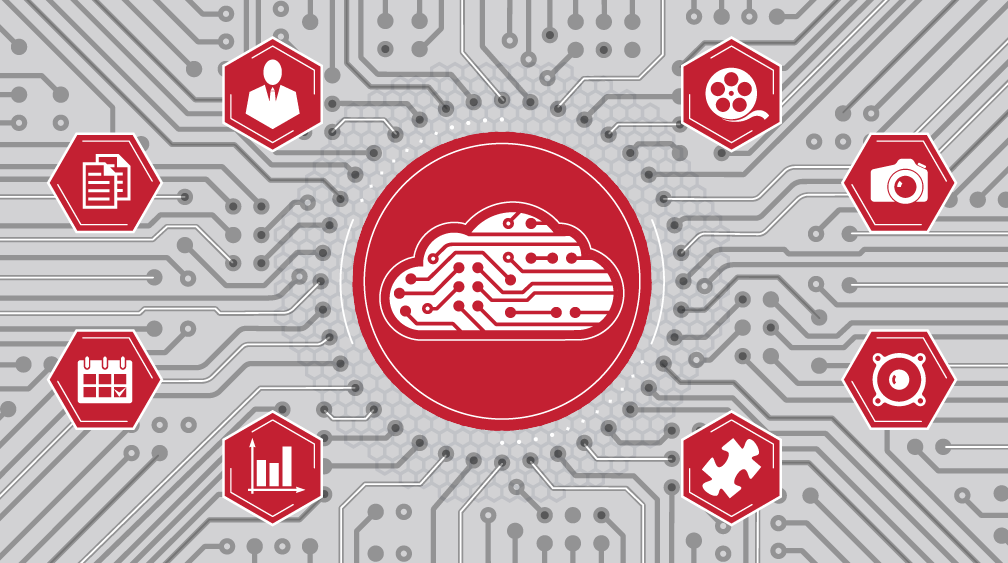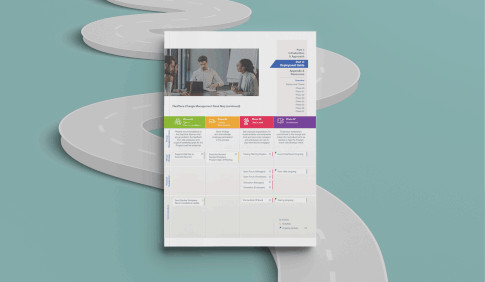New and innovative technologies regularly impact the way we live our lives and do our work. Often, these changes occur at break-neck speeds. Take smartphones: over the past five years, the number of Americans who own a smartphone has risen from about half to over 75% and the capabilities they put in the palm of our hands continually grow – from search to social media to e-commerce to the internet of things. Technology transformations are widespread and organizations must modernize to keep pace with the needs of their employees and the demands of their customers.
Federal agencies, for example, have begun to identify and deploy commercial-grade technologies to improve how services are delivered to the public. Recent policies, such as the MGT Act and the 21st Century IDEA Act, are further accelerating this modernization through new mandates and increasing the availability of investment dollars. These modernization efforts have begun to bear fruit. From the shift to cloud-based applications to the deployment of blockchain in support of acquisitions, citizens are already experiencing better service from government. But what about the federal employees?
Despite the rapid pace of change, the backbone of any agency remains its people; a computer cannot resolve every issue or replace the one-on-one interactions that citizens may need. As such, it is important for IT modernization leaders to recognize the importance of education and adoption efforts to help bring their employees up-to-speed on how the new tools or technologies fit into their work. After all, if you give a carpenter a nail gun to replace their hammer without any context, they’ll never adopt the nail gun; they will either stick to their routine (the hammer) or use the nail gun like a hammer until it breaks and they can resume using the hammer.
This is why change management is so critical to the success of the roll-out of new technology. The changes associated with adopting new technology and the corresponding shifts to work style can be difficult and fear-inducing, if left unaddressed. If leaders don’t acknowledge fear and engage with staff, they’ll remain afraid and the roll-out will be destined for failure. A successful change effort must include:
- The Case for Change. At times, modernization efforts are seen as handed down from “on high,” without important context. By hosting engagement events like town halls and listening sessions, leaders can fully enroll their staff in the effort and increase the odds of success.
- Training and Transition Time. Leaders should be sure modernization efforts leave an appropriate length of transition time before go-live to allow staff to adjust at their own pace. Leaders should also provide ample training opportunities and allow for adoption to take place at the pace right for their agency.
- Most Importantly, “What’s in it for me?.” Sure, Software A is going to dramatically improve productivity, but what is the impact to the staffer that will be using it? Will their routine be improved, or their work made easier? Will they be able to provide better service to their customers? It is important for leaders to make these benefits clear, as part of the case for change and training efforts.
Technology will undoubtedly continue to improve the way governments deliver services to their citizens, but IT is also not a cure-all that can simply be dropped into an organization without guidance or without allowing for feedback. Soft skills and regular engagement will always position a team for success.
Are you in the process of planning an IT modernization push? I’d love to hear from you – drop me a line at Chris.Dietz@dev2021.theclearing.com.


